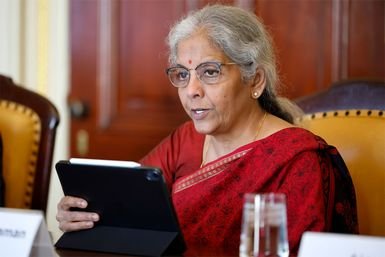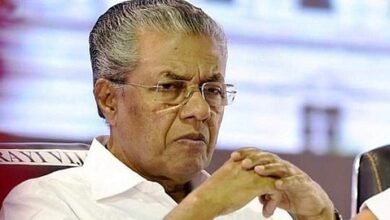
NEW DELHI : The Indian central government is reportedly accelerating its plan for a massive consolidation of Public Sector Banks (PSBs), aiming to reduce the number of state-owned lenders to just three major entities by the fiscal year 2026-27. This ambitious move is driven by a strategy to create Indian banking giants capable of competing on the global stage, with the goal of propelling at least two Indian PSBs into the world’s top 20 list.
The consolidation effort is expected to involve the merger of nine smaller, performing banks into three major anchor institutions: State Bank of India (SBI), Punjab National Bank (PNB), and Canara Bank.
High-Performing Banks on the Block
The reported plan, which has not yet been officially confirmed by the Finance Ministry, has already sparked significant concern among bank employees.
In a recent communication to Finance Minister Nirmala Sitharaman, the Bank of Maharashtra (BoM) Employees and Officers Federation voiced their anxiety. BoM is reportedly among the lenders earmarked for a merger with SBI. The federation pointed out that BoM has consistently been one of the top-performing PSBs in the country, showcasing superior growth in both profitability and loan books compared to its peers. They requested immediate clarification from the Finance Ministry to address the rising concerns among employees, depositors, and customers.
The Proposed Merger Roadmap
Reports suggest that the government aims to finalize the mergers by FY 2026-27. The proposed grouping is designed to create three powerful lending institutions capable of financing major national projects and improving overall efficiency.
The speculated mergers are:
- Into State Bank of India (SBI): Bank of Maharashtra, UCO Bank, and Punjab & Sind Bank.
- Into Punjab National Bank (PNB): Bank of Baroda, Central Bank of India, and Indian Overseas Bank.
- Into Canara Bank: Union Bank, Indian Bank, and Bank of India.
The government’s primary motivation is scale. Currently, SBI, India’s largest lender, ranks only 47th globally in terms of asset size. The planned mega-merger seeks to elevate the stature of these consolidated entities, challenging the dominance of global players, particularly the top four Chinese banks.
This is not the first round of consolidation; previous efforts in 2017 and 2019 had already reduced the number of PSBs from 27 to 12. The current initiative represents a final push to bring the count down to just three major banks.








